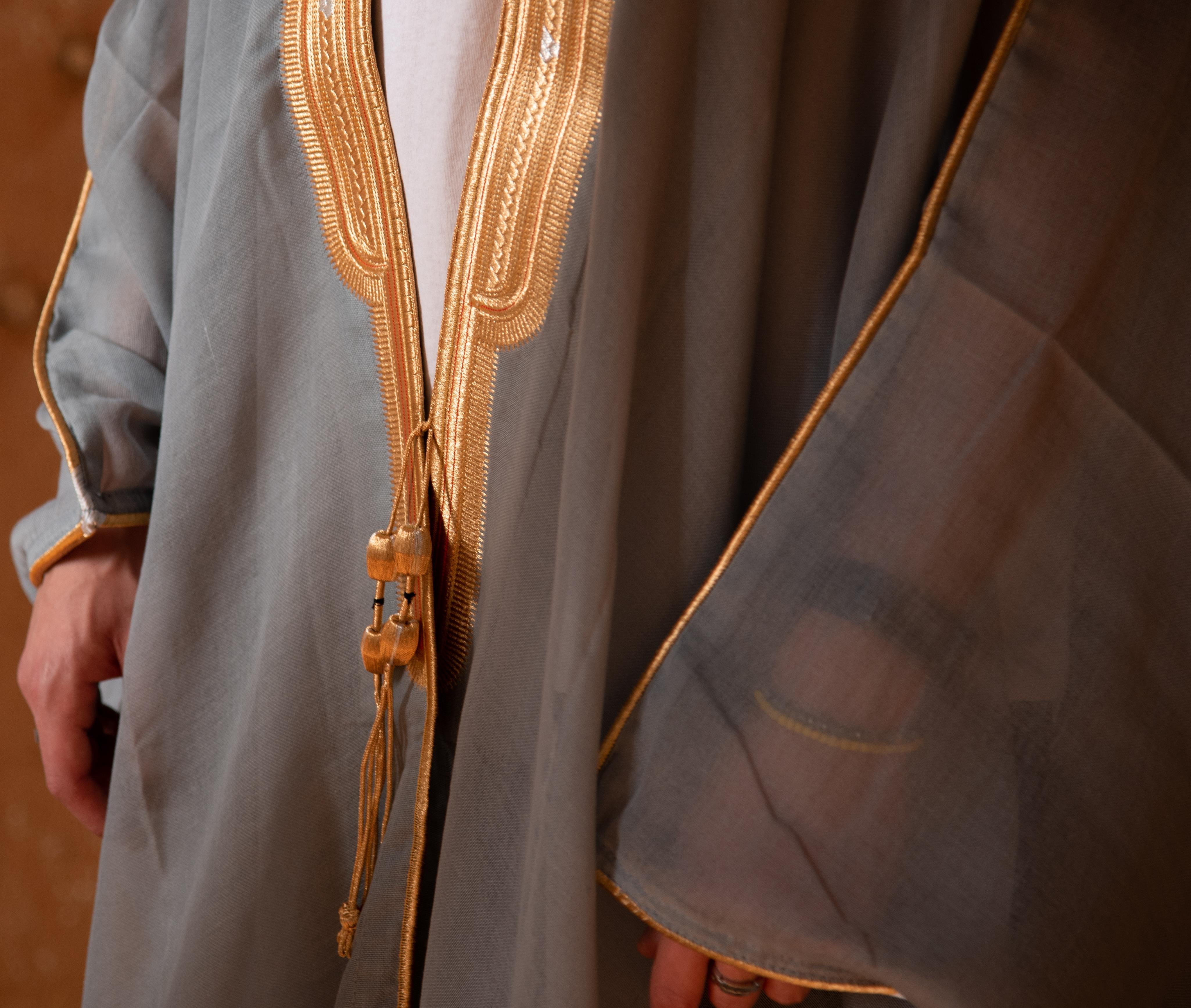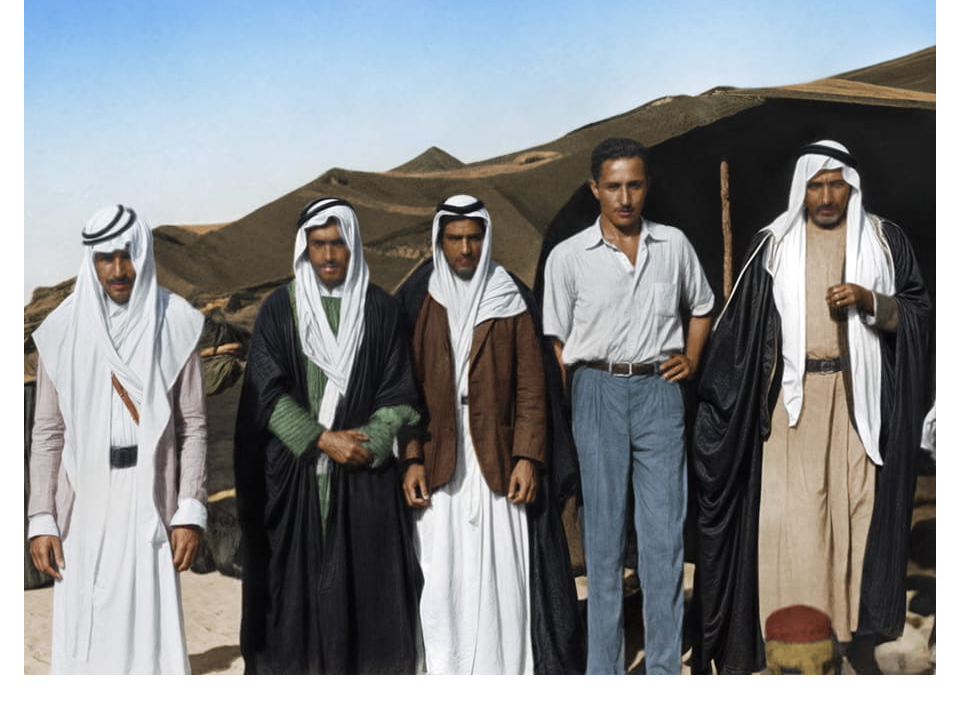In the sun-scorched deserts of the Middle East, where tradition meets lifestyle, the bisht holds a revered place in Bedouin culture. This flowing, elegant cloak is more than just an article of clothing; it serves as a profound symbol of identity, heritage, and social status within Bedouin communities.
What is a bisht?
The bisht is a traditional cloak typically made from lightweight wool or camel hair, designed to be worn over everyday clothing. Characterized by its open front, wide sleeves, and a distinctive rectangular shape, it is often styled for both men and women. The fabric is usually dyed in neutral colors such as black, brown, or beige, although vibrant embroidery or decorative trims may adorn the edges, showcasing the unique artistry of the maker.
Traditionally, the bisht is worn during special occasions, celebrations, or gatherings, making it a staple of formal attire. Its length and flowing silhouette make it a grace-filled garment that enhances the dignity of the wearer, mirroring the Bedouin appreciation for beauty and elegance.
The Cultural Significance of the Bisht
1. Identity and Heritage: The bisht is an emblem of Bedouin identity. Its distinct style and regional variations allow individuals to express their cultural heritage and pride. Additionally, specific embroideries and patterns can signify clan affiliation, local customs, or even personal stories, weaving a narrative of individual and collective identity through each garment.
2. Social Status: Traditionally, the bisht signifies social status within Bedouin communities. It is often worn by leaders, elders, or men of prominence during public events. Wearing a finely crafted bisht, particularly made from high-quality materials, denotes respect and prestige, allowing the wearer to stand out in gatherings, ceremonies, and weddings.
3. Ceremonial Importance: The bisht is reserved for momentous occasions, such as weddings, Eid celebrations, and other significant life events. During these gatherings, the bisht not only enhances the beauty of the occasion but also serves as a reminder of the values of honor, respect, and community that are central to Bedouin culture. The act of wearing a bisht during such times reinforces social bonds and cultural continuity.
4. Craftsmanship and Artistry: The making of a bisht is an art form in itself. Skilled artisans devote meticulous attention to detail, from the selection of the finest wool or camel hair to the intricate stitching and embroidery. This craftsmanship is a testament to the Bedouin tradition of handcrafting garments, combining utility and beauty in each piece. The bisht thus becomes a canvas for artistic expression, elevating it beyond mere clothing.
5. Cultural Revival and Modern Context: In recent years, there has been a resurgence of interest in traditional Bedouin attire, including the bisht. While contemporary fashion may have introduced new styles, many Bedouins continue to cherish their traditional garments. Designers are now exploring ways to integrate the bisht into modern wardrobes, celebrating the balance between tradition and contemporary aesthetics. This revival not only showcases Bedouin culture to the wider world but also fosters a sense of pride among the younger generation.
Conclusion
The bisht is far more than a beautiful garment; it is a vessel of Bedouin culture that embodies the rich history and values of the community. As a symbol of identity, social status, and artistry, the bisht reminds us of the deep connections between clothing, culture, and heritage. In an increasingly globalized world, the continued appreciation for the bisht serves as a reminder of the importance of preserving traditions and celebrating the unique stories woven into every thread. Whether worn for a joyous celebration or simply as a nod to one’s roots, the bisht remains an everlasting symbol of Bedouin elegance and pride.


